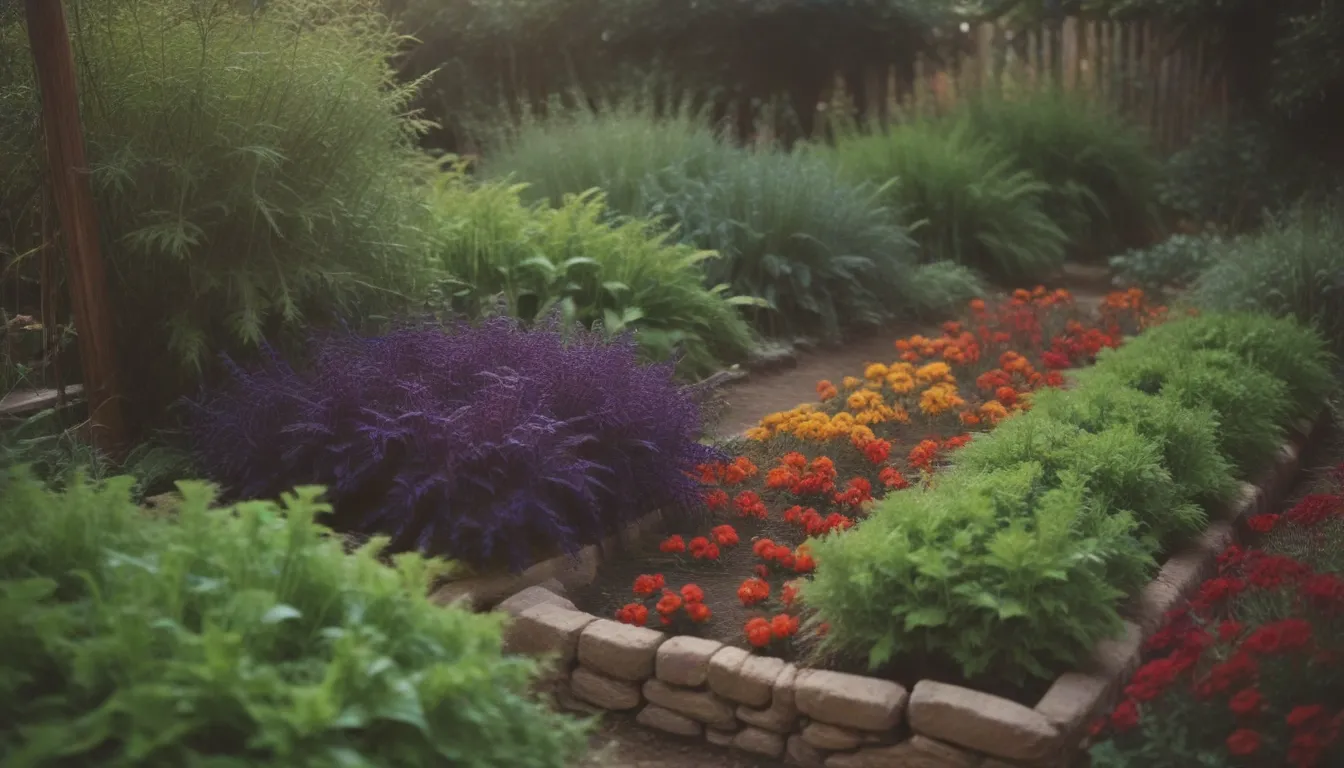Maximizing Your Garden Space: How to Determine the Right Amount of Food to Plant per Person

Are you ready to take your gardening game to the next level? Do you want to make sure you’re planting the right amount of food to feed yourself or your family throughout the growing season and beyond? Understanding how much to plant per person in your garden is key to maximizing your harvest and ensuring you have access to fresh, homegrown produce year-round.
In this comprehensive guide, we’ll delve into the factors that influence how much you should plant, from your family’s preferences to the layout of your garden. We’ll provide you with practical tips and guidelines to help you make informed decisions and optimize your garden space. So, grab your gardening gloves and let’s get started!
Factors to Consider When Planning Your Garden
Before you start planting, it’s essential to consider a few key factors that will influence how much food you need to grow. Here are some important considerations:
1. Garden Size: The size of your garden will determine how much food you can grow. Whether you have a small backyard plot or a spacious acreage, understanding your garden’s size will help you plan accordingly.
2. Household Preferences: Take into account your family’s food preferences. Do you have picky eaters who only like certain vegetables? Tailoring your garden to suit your family’s tastes will ensure that you’re growing produce that will be enjoyed and not go to waste.
3. Growing and Harvest Schedules: Consider the growing and harvest schedules of different vegetables. Some crops may require more time to mature or may produce multiple harvests throughout the season. Planning accordingly will help you maximize your garden’s productivity.
4. Disruptions: Unexpected events can disrupt your gardening plans, from inclement weather to pest infestations. Building some flexibility into your planting schedule can help you adapt to unforeseen circumstances and ensure a successful harvest.
5. Container Gardening: If space is limited, consider growing some of your vegetables in containers. Container gardening is a versatile option that allows you to maximize your available space and grow a variety of crops, even in small areas.
By taking these factors into account, you can create a tailored plan for your garden that meets your family’s needs and maximizes your harvest.
Understanding How Much to Plant
Determining how much food to plant per person can be a bit challenging, especially if you’re new to gardening. Factors such as crop yield, space requirements, and consumption habits all play a role in deciding how many plants to sow. While experience is the best teacher when it comes to gardening, we can provide you with some general guidelines to get you started.
1. Perennial Plants: Perennial plants like artichokes, asparagus, and rhubarb require a permanent spot in your garden. Consider their space requirements when planning your garden layout.
2. Vining Crops: Crops like squash, cucumbers, and melons are vining plants that need room to spread. Providing adequate space for these crops to grow will ensure a bountiful harvest.
3. Succession Planting: Planting crops in succession allows you to harvest fresh produce throughout the season. By staggering your plantings, you can ensure a continuous supply of vegetables and fruits.
4. Crop Varieties: Planting early, mid, and late-maturing varieties of the same vegetable can extend your harvest season. This strategy is especially useful for maximizing yield in limited garden space.
5. Customizing Your Planting: While the following guidelines provide a baseline for how much to plant for a family of four, feel free to adjust based on your preferences and storage plans. If you love one vegetable but not another, you can tailor your planting accordingly.
How Much to Plant for a Family of Four
Now, let’s get down to the nitty-gritty: how much to plant for a family of four. These general guidelines will give you an idea of how many plants to sow for the most commonly grown vegetables. Remember, these numbers are meant to serve as a starting point, and you can adjust based on your family’s preferences and needs.
- Tomatoes: 6 to 10 plants
- Peppers: 6 to 10 plants
- Cucumbers: 3 to 5 plants
- Zucchini: 3 to 5 plants
- Green Beans: 15 to 20 plants
- Lettuce: 10 to 15 plants
- Carrots: 20 to 30 plants
- Potatoes: 20 to 30 plants
These are just a few examples to give you an idea of how much to plant per person. Depending on your family’s preferences and consumption habits, you may choose to adjust the quantities accordingly.
Maximizing Your Harvest with Limited Space
Even if you have limited garden space, you can still achieve a bountiful harvest by maximizing your growing area. Consider these tips to make the most of your garden space:
1. Vertical Gardening: Utilize vertical space by growing climbing plants like tomatoes, cucumbers, and beans on trellises or fences. Vertical gardening allows you to grow more plants in a smaller footprint.
2. Container Gardening: Grow vegetables in containers to make the most of limited space. Plant herbs, salad greens, and compact vegetables in pots and containers to create a thriving mini-garden.
3. Companion Planting: Planting complementary crops together can help maximize space and deter pests. Consider companion planting strategies to optimize your garden’s productivity.
4. Square Foot Gardening: Utilize the square foot gardening method to organize your garden into square foot sections. This approach maximizes space efficiency and makes it easier to manage your plantings.
By implementing these strategies, you can make the most of your garden space and enjoy a diverse and abundant harvest throughout the growing season.
In conclusion, determining how much to plant per person in your garden is a balancing act that involves considering various factors such as space, preferences, and harvest schedules. By taking a thoughtful approach to planning and using the guidelines provided, you can optimize your garden space and enjoy a plentiful harvest of fresh, homegrown produce. Happy gardening!





